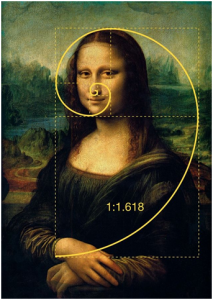Grant Gray Week 2 blog post
1) Numerous elements and items in our everyday environment include mathematics. Science can view space using anything from a cent, the tiniest item, to a big telescope. Abbot explained in Flatland that if we place a penny on a table we see a circle from afar and if we “drawback to the edge of the table, the penny [will] become more and more oval to your view, till you are so far [that] you can see, a straight line” (Abbot 2). I was able to learn that mathematics influenced science in the way that the creations we use daily can be seen as one-dimensional and hold a geometrical form of a shape.

2) By explaining the exact processes he takes to be able to use mathematical laws to create what was once a flat pink square into a real rose, origami artist Robert Lang helped me appreciate the importance of mathematics. Lang's viewpoint on the importance of mathematics to the arts and sciences has helped me to see that every technology needs a geometric design to work. This has made it possible for me to see how closely related science, mathematics, and the arts are to one another and how they all work together to create things in the modern world.

3) I discovered that mathematical sequences have an impact on science in a similar manner to how they do in biological entities like people, plants, flowers, and many more. The Fibonacci sequence was explored in the movie "Fibonacci, Fractals and Financial Markets," showing how it can be seen in almost everything, including the divisions of the human body and the patterns on flower petals.

4) This week, I have learned that the juxtaposition of mathematics, art, and science is a powerful combination that can lead to innovative discoveries and creations. Mathematics provides the structure and logic, art brings creativity and expression, while science offers experimentation and observation. Together, they form a harmonious blend of beauty and precision.

Comments
Post a Comment